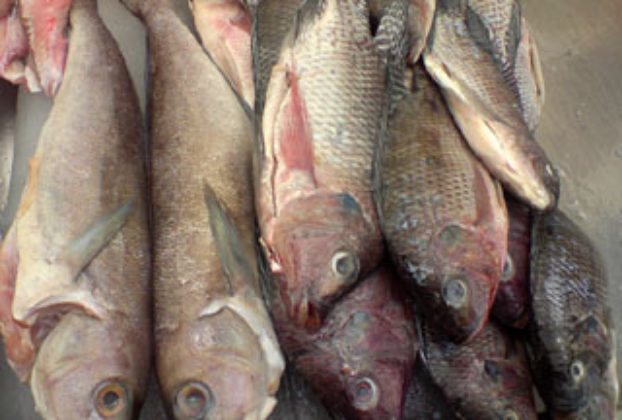Viva Natura: The revival of a Mexican field guide classic
Petr Myska probably didn’t think that the book he was writing would be threatened with extinction even before some of the species that were featured in his publication. Myska’s work was published in 2007 as A Field Guide to the Amphibians, Reptiles, Birds and Mammals of Western Mexico. In short form, it is known as “Viva Natura.” […]
Continue Reading








